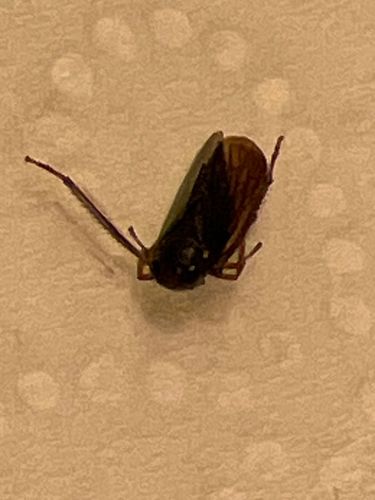Booklouse / Barklouse
Scientific Name: Psocoptera (order level, specific species are numerous e.g., Liposcelis corrodens for booklice)
Order & Family: Order: Psocoptera, Family: Psocidae (Booklice) or various families within Psocoptera (Barklice)
Size: Typically very small, ranging from 1 to 2 mm in length, though some species can be up to 10 mm.

Natural Habitat
Booklice (Psocidae) are commonly found indoors in damp, humid environments such as bathrooms, kitchens, basements, wall voids, and near leaky pipes. They thrive in areas with high humidity (relative humidity above 50-60%). Barklice (Psocoptera) are found outdoors on trees, under bark, or on foliage, also feeding on fungi and lichens.
Diet & Feeding
Booklice and barklice primarily feed on microscopic molds, fungi, starches, glues (common in book bindings), and other organic detritus found in humid environments. They are not typically destructive unless present in very large numbers and feeding on sensitive materials like books, paper, or stored food.
Behavior Patterns
Psocids are often found in damp, dark, undisturbed places. They are fast-moving when disturbed, and can sometimes appear in large numbers, particularly in new constructions where plaster is still drying, or in older buildings with high humidity. Some species can fly, while others are wingless. They lay eggs, often singly or in small clusters, which hatch into nymphs that resemble miniature adults.
Risks & Benefits
Generally harmless to humans, they do not bite or transmit diseases. However, large infestations indoors can be a nuisance and indicate high humidity levels which can lead to mold growth. They can cause minor damage to books, papers, stored food products, or other starchy items if populations are high. Outdoors, barklice are benign and play a role in breaking down organic matter.
Identified on: 8/21/2025